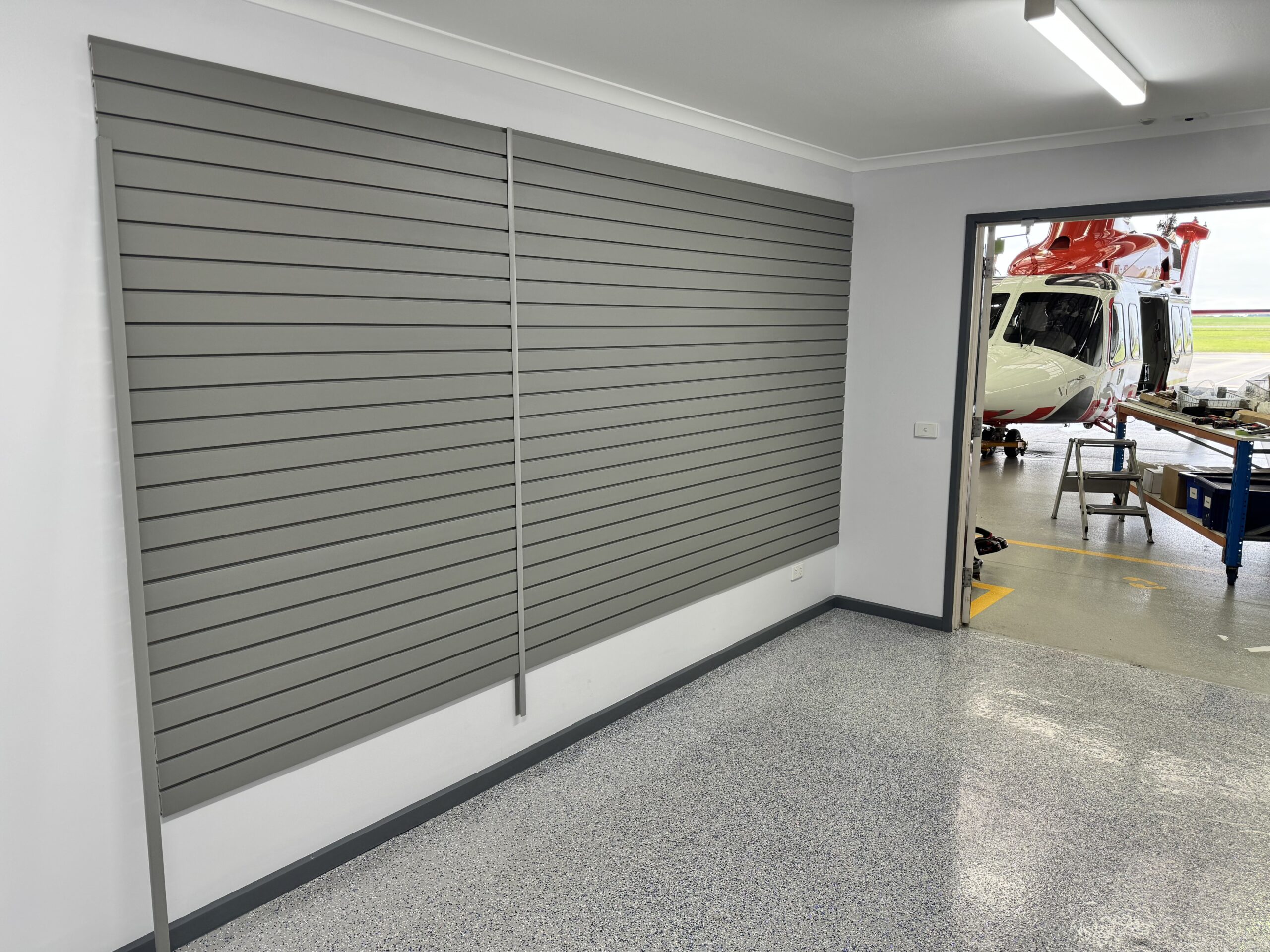
A Deep Dive into PVC, One of the Most Resilient Materials
PVC (Polyvinyl Chloride) is one of the most widely used synthetic plastic polymers in the world, known for its versatility, affordability, and, most importantly, durability. From everyday household items to complex industrial applications, PVC’s robust properties make it a go-to material across various industries. In this blog post, we’ll explore the durability of PVC and why it stands out among other materials.
What is PVC?
Polyvinyl Chloride, commonly known as PVC, is a high-strength thermoplastic material commonly used in construction for pipes, wiring, and other applications. Its popularity comes from its long-lasting, corrosion-resistant, and weatherproof nature, which makes it ideal for both indoor and outdoor use.
Key Factors Contributing to the Durability of PVC
Chemical Resistance
PVC is highly resistant to many chemicals, including acids, alkalis, and salts, which makes it suitable for various applications where other materials might degrade or corrode. This resistance ensures that PVC remains unaffected by the harsh substances it might encounter in industrial settings or even household environments.
Water and Moisture Resistance
One of the standout features of PVC is its ability to resist water and moisture, making it perfect for applications in damp environments. This is why PVC is widely used in plumbing, rainwater systems, and even outdoor furniture.
PVC – Weather Resistance
Unlike many other materials, PVC can withstand extreme weather conditions, including heavy rain, snow, and UV radiation from the sun. Its ability to endure temperature fluctuations without losing its structural integrity makes it ideal for outdoor use.
Impact Resistance
PVC’s high impact resistance means it can absorb shock without cracking or breaking, making it a durable choice for high-traffic areas or places prone to rough use. This is particularly important for products like PVC wall panels or flooring, which need to endure daily wear and tear.
Longevity
PVC products are known to last for decades without significant degradation. This longevity is not only a testament to its physical properties but also contributes to its cost-effectiveness. For example, PVC pipes have an expected lifespan of over 50 years, outlasting many traditional materials.
Low Maintenance
PVC requires minimal maintenance compared to other materials. It doesn’t need painting, sealing, or frequent repairs, which further enhances its durability and keeps long-term costs down. A simple clean with water and mild detergent is often all it takes to keep PVC products looking new.
Fire Resistance
PVC has inherent fire-resistant properties due to its chlorine content, which slows down the spread of fire. This makes it a safer option for applications in environments where fire safety is a concern.
Mold and Bacteria Resistance
Its non-porous surface makes PVC resistant to mold, mildew, and bacteria, contributing to its durability and suitability for hygienic environments such as hospitals and food processing facilities.
Applications of Durable PVC
The durability of PVC makes it ideal for a wide range of applications, including:
- Building and Construction: Pipes, window frames, flooring, wall cladding, and roofing sheets.
- Automotive Industry: Used in dashboard components, cables, and trims due to its impact resistance.
- Healthcare: Blood bags, tubing, and other medical devices that require a durable, sterile environment.
- Home and Garden: Furniture, fences, decking, and storage solutions that need to withstand outdoor elements.
- Industrial Uses: Conveyor belts, protective clothing, and other items exposed to harsh conditions.
Environmental Impact and Recycling
While PVC is highly durable, concerns about its environmental impact have led to significant advancements in recycling processes. Modern PVC can be recycled multiple times without losing its properties, making it a more sustainable option than many alternatives. Recycling PVC not only extends its lifespan but also reduces the environmental footprint of products made from this material.
The Durability of PVC – Conclusion
PVC’s durability is unmatched when it comes to resisting the elements, chemicals, and daily wear and tear. Its versatility and low maintenance needs make it a popular choice in industries ranging from construction to healthcare. As recycling technologies improve, the environmental footprint of PVC continues to shrink, making it not only a durable but also a sustainable choice for the future.
Whether you’re considering PVC for construction, home improvement, or industrial use, its resilience ensures a long-lasting solution that stands the test of time. So, the next time you see PVC in use, you can appreciate the science and engineering that go into making this material a durable, reliable option for a wide range of applications.